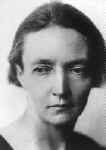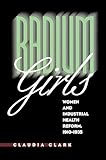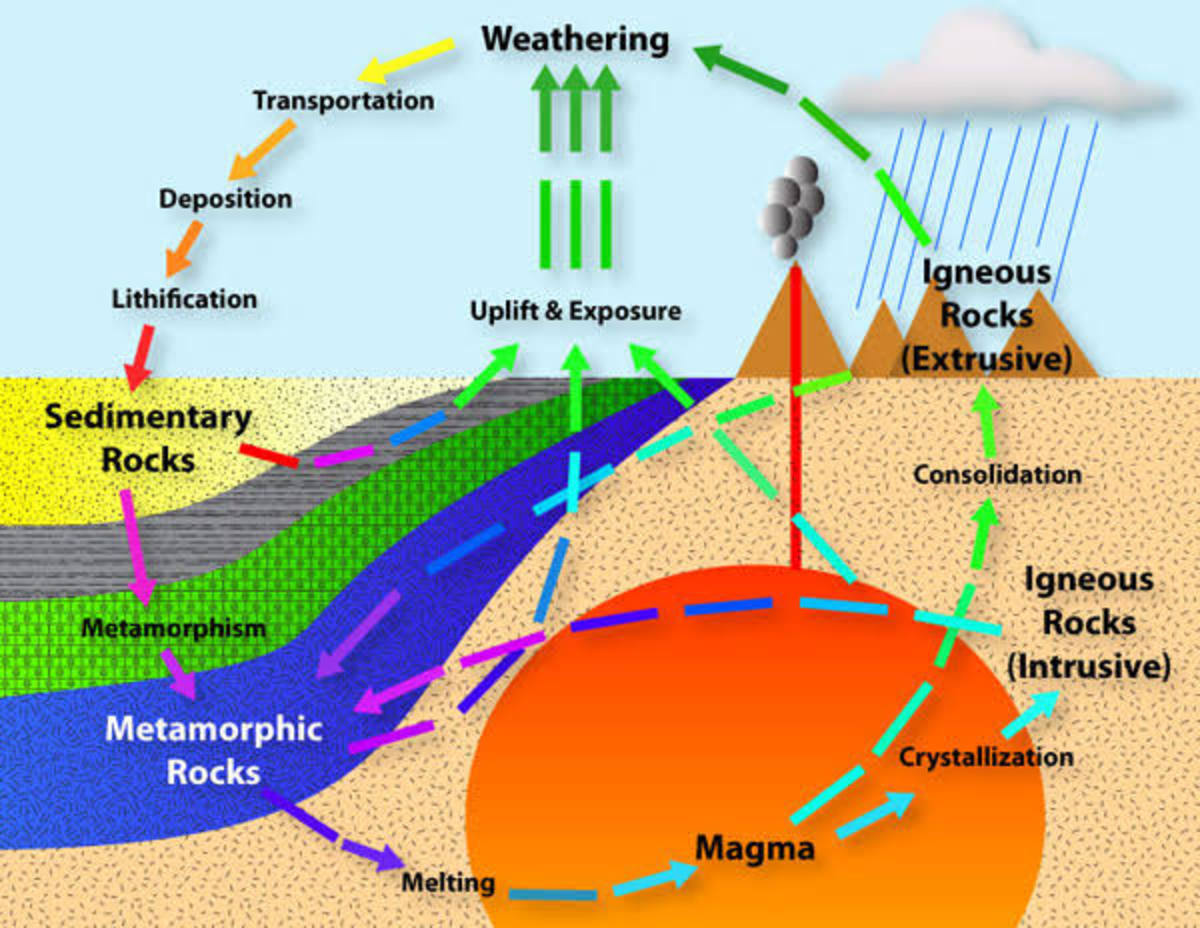Irne Joliot-Curie

Irene Joliot-Curie
French chemist, scientist, 1935 Nobel prize winner in Chemistry Irene Joliot-Curie (b.September 12, 1897 - d.17 March 1956) is the eldest daughter of Marie Curie and Pierre Curie and the wife of Frederic Joliot-Curie.
Irene Joliot-Curie was born September 12, 1897 in Paris. She is the eldest daughter of Pierre and Marie Curie. After having started her studies at the Faculty of Science in Paris, she served as a nurse radiographer during the First World War.
She became Doctor of Science in 1925, having prepared a thesis on the alpha rays of polonium. Either alone or in collaboration with her husband, she did important work on natural and artificial radioactivity, transmutation of elements, and nuclear physics; she shared the Nobel Prize in Chemistry for 1935 with him, in recognition of their synthesis of new radioactive elements, which work has been summarized in their joint paper Production artificielle d'lments radioactifs. Preuve chimique de la transmutation des lments (1934).
In 1938 her research on the action of neutrons on the heavy elements, was an important step in the discovery of uranium fission. Appointed lecturer in 1932, she became Professor in the Faculty of Science in Paris in 1937, and afterwards Director of the Radium Institute in 1946. Being a Commissioner for Atomic Energy for six years, Irne took part in its creation and in the construction of the first French atomic pile (1948). She was concerned in the inauguration of the large centre for nuclear physics at Orsay for which she worked out the plans. This centre was equipped with a synchro-cyclotron of 160 MeV, and its construction was continued after her death by F. Joliot.
She took a keen interest in the social and intellectual advancement of women; she was a member of the Comit National de l'Union des Femmes Franaises and of the World Peace Council. In 1936 Irne Joliot-Curie was appointed Undersecretary of State for Scientific Research. She was a member of several foreign academies and of numerous scientific societies, had honorary doctor's degrees of several universities, and was an Officer of the Legion of Honour. She died in Paris in March 17, 1956.
Jean Frdric and Irene Joliot-Curie had one daughter, Helene, and one son, Pierre.
(read more Wikipedia, Nobelprize.org )
"I link myself more with human beings than with things; one can work anywhere...what gives interest in life in the lab are the people who animate it." - Irene Joliot-Curie
Irene Joliot-Curie Books on the Spotlight!
From Publishers Weekly...
The book fills a significant gap in the Curie bookshelf with this engaging book that follows five generations of the Sklodowska-Curie-Joliot family. Beginning before Marie Sklodowska and Pierre Curie meet, Brian details their courtship and 11-year marriage, bringing the reader to the Curie dinner table and into the converted garden shed (replete with a leaking roof) where the Curies' work on polonium and radium transformed physics and won them two Nobel prizes.
After Pierre's early death, Marie soldiered on for their children, Irene and Eve, and for their work, organizing X-ray equipment distribution during World War I and training numerous women to work at the Radium Institute. Irene, a nurse and wartime ambulance driver, began work in the laboratory with her mother after the war, later joining fellow assistant Frederic Joliot in a marital and career partnership similar to that of her parents'. Their joint Nobel came in 1935, a year after Marie's death. Eve, a journalist, wrote a best-selling biography of her mother and, during WWII, became a battlefield reporter.
The fifth generation of this extraordinary family, Helene and Pierre Joliot-Curie, became eminent scientists, and the scientific tradition continues into the sixth generation. Brian's book illuminates 100 years of scientific history in its political and social contexts through the lives of this remarkable family. Extremely well-done and highly recommended.
Radium Girls: Women and Industrial Health Reform, 1910-1935

More Books Related Subject - ...highly recommended!
Quick, what do you think of Irne Joliot-Curie?
Irne Joliot-Curie Videos
Irene Joliot-Curie
- Marie Curie@Everything2.com
Her daughter Irne continued her work, and she and her husband Frdric Joliot would win a Nobel prize for their work in discovering artificial ... - Marie Curie: Biography from Answers.com
The Curies' daughter Irne (see under Joliot-Curie, family) was also a scientist ..... The Curies' elder daughter, Irne Joliot-Curie, won a Nobel Prize for ... - Irne Joliot Curie - Pipl Profiles
Livre, Livres, Irne Joliot Curie, Votre, Marie, Livre De Poche Jeunesse, ... Curie, Irne Joliot Curie, Nobel, Marie, French, Prize, Paris, Pierre, ... - Irne Joliot-Curie
Irne Joliot-Curie. Irne Joliot-Curie AKA Irne Curie. Born: 12-Sep-1897 Birthplace: Paris, France Died: 17-Mar-1956 Location of death: Paris, France ... - NS&T : History : Hall of Fame : Frederic and Irene Joliot-Curie
The next year, he married Marie's daughter, Irne, forming one of the most remarkable scientific partnerships of all time: Frdric served the role of ... - irene joliot-curie - Definitions from Dictionary.com
Definitions of irene joliot-curie at Dictionary.com. - INRIA - Rose Dieng-Kuntz receives the 2005 Irene Joliot-Curie Prize
Rose Dieng-Kuntz has just been awarded the 2005 Irne Joliot-Curie Prize from the Ministry ... Learn more about the Irne Joliot-Curie Prize. bas de page ... - Science, civilization and society
After the war Irne Joliot-Curie was appointed Director of the Radium Institute of the University of Paris and a Commissioner for Atomic Energy. ... - Irene Joliot-Curie
There she met her future husband, Frederic Joliot and they married in 1926, adopting the combined name of Joliot-Curie. They would work together as a team ... - Pioneers: Frederic & Irene Joliot-Curie
In 1935 Frederic and Irene Joliot-Curie were awarded the Nobel Prize for Chemistry for the synthesis of new radioactive isotopes. The Joliot-Curies then ... - WikiAnswers - Who was Irene Joliot-Curie and was she related to ...
Physics question: Who was Irene Joliot-Curie and was she related to Marie and Pierre Curie? Irene Joliot-Curie was the daughter of Marie and Pierre Curie. - Irene Joliot-Curie
The 12th of September 1962 marks 65 years that have passed since the birth of Irene Joliot-Curie. Irene Curie was born several months before her parents, ... - Irene Joliot-Curie Prize
The Irene Joliot-Curie Prize aims at promoting women in research and technology in France. The seventh prize-giving ceremony will take place on September 18 ... - 50th anniversary of the death of Irne Joliot-Curie, physicist
Irne Joliot-Curie, the daughter of Pierre and Marie Curie, became her mother’s assistant in 1918 at the Institut du radium in Paris. ... - Irene Joliot-Curie - Wikipedia
Irene Joliot-Curie (1897-1956), Ceimeagair Frangach. Fhuair i an Duais Nobel ann an Ceimeagachd anns a' bhliadhna 1935 cmhla ris an duine aice, ... - EADS Annual Report and Registration Document 2006 - Encouraging ...
Julia Kempe: Winner of the 2006 Irne Joliot-Curie Prize ... But the Irne Joliot-Curie Prize, which she won last November as the best young female ... - Irne and Frdric Joliot-Curie | Institut Curie
Irne Joliot-Curie died on March 17 as a result of leukemia (state funeral). .... Seated, left to right: Pierre Auger, Irne Joliot-Curie, ... - Ecole Irne JOLIOT-CURIE - Accueil
Ecole Irne JOLIOT-CURIE. Vous tes ici : Accueil du site. Accueil Sites rfrencs Archives du site Infos parents 2007/2008 Programme d’Aide la ... - Frederic and Irene Joliot-Curie -- Britannica Online Encyclopedia
Britannica online encyclopedia article on Frederic and Irene Joliot-Curie: French physical chemists, husband and wife, who were jointly awarded the 1935 ... - Irene Joliot Curie - Biography
In 1936 Irne Joliot-Curie was appointed Undersecretary of State for Scientific Research. She was a member of several foreign academies and of numerous ... - Mission pour la parit en Sciences et Technologies : Prix Irne ...
Remise du Prix Irne Joliot-Curie 2004 - Les 3 laurates, entoures de Franois ... Affiche - Prix Irne Joliot-Curie Cr en 2001 par le ministre de la ... - Irene on BabyNamer
Irne Joliot-Curie (born 1897, died 1956). French physicist. Daughter of Pierre and Marie Curie. 1935 Nobel Prize winner in Chemistry with her husband, ... - HowStuffWorks "Joliot-Curie, Irene"
Learn about Joliot-Curie, Irene. Read our encyclopedia entry on Joliot-Curie, Irene.
Share your stories, sightings, thoughts, rants, raves...













